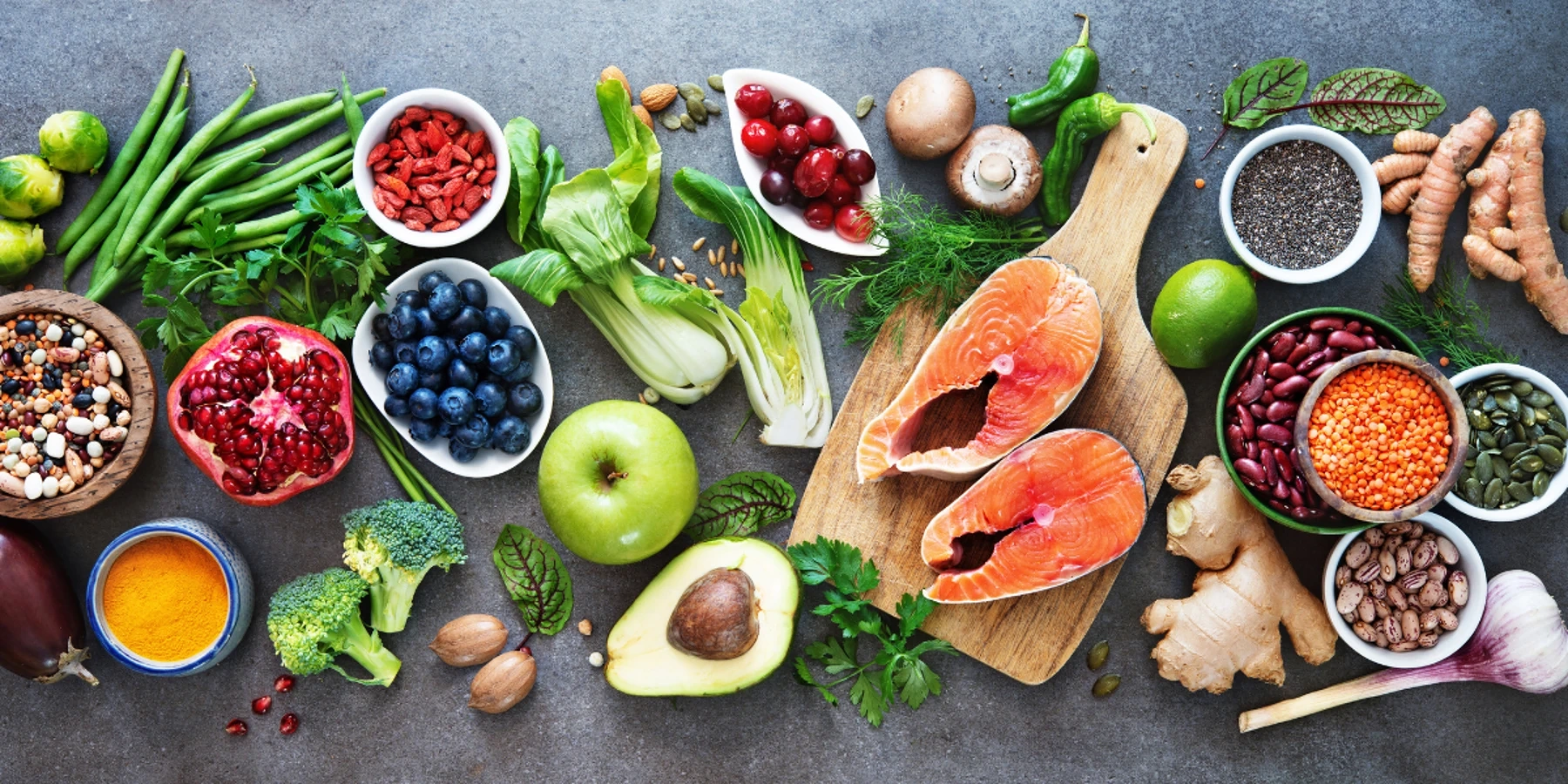
Carbohydrates, Protein, and Fat for Athletes - A Basic Course
4min reading
Carbohydrates, Protein, and Fat for Athletes - A Basic Course
Athletes come in all shapes and forms. Different ages, different backgrounds, different interests. Some love all kinds of data, watts, heart rates, etc., while for others it's the experience of nature that attracts the most, and for some, it's the competitive spirit that pushes us forward.
Some love to immerse themselves in performance enhancement using both training methodologies and nutrition as tools, but far from everyone.
Umara's goal is to help as many as possible succeed in optimizing their performance. But to understand why sports drinks, gels, etc., can help performance to a great extent, it might be good to learn a bit about what our body needs to perform at its best. By increasing our understanding of how the body functions, we also enhance our ability to fine-tune and optimize our energy plans. A basic course on sports fuel can be a wise start.
Introduction
The body consists of nutrients such as water, fats, proteins, carbohydrates, minerals, and vitamins. Most of these are primarily made up of oxygen, carbon, hydrogen, and nitrogen. Training affects all these substances, and they all play a role in propelling us forward in different ways and to keep doing it over and over again, while ensuring we don't get sick or injured. There are countless fascinating aspects of this biological process for athletes. But since this isn't a 345-page book, we choose to focus here on the body's macronutrients: carbohydrates, fat, and protein.
Carbohydrates
Let's start with the body's rocket fuel and the athlete's best friend, the carbohydrate! Carbohydrates act as an energy source for the body's muscles and the central nervous system down to a cellular level. Carbohydrates consist of carbon, nitrogen, and oxygen and are a group of nutrients and a collective name for sugars (saccharides) and chains (polymers) of them, including starch and sometimes dietary fiber.
The main absorption takes place in the small intestine where most of the glycemic carbohydrates are absorbed; these are used for energy processes and therefore are most important for athletes. Carbohydrates are broken down into glucose in the mouth and stomach. The glucose travels down to the small intestine, passes through the intestinal membrane via receptors, and enters the bloodstream for further transport to the cells. When blood glucose levels rise, the pancreas secretes insulin, prompting our cells to absorb more glucose. Glucose can be used as energy by all body cells. Especially muscle cells and liver cells can store glucose in the form of glycogen, but only a limited amount (about 400-500g). If glucose levels become too high, the body converts the glucose into fat for storage.
As mentioned above, carbohydrates are the body's rocket fuel, and the higher the body's intensity, the more energy comes from carbohydrates rather than fat. When muscle glycogen stores decrease or run out, we hit the dreaded wall, get the hammer, or bonk. It's not a pleasant feeling; the body has switched to using more fat and has hit the brakes on performance. We try to counter this by supplying sports drinks and energy in other forms.
Fat
Given that the body's glycogen stores only last 60-120 minutes during high-intensity activity, it's fortunate that the body has an energy source that essentially never runs out. At rest, the body runs on approximately 55-60% fat, and as activity intensity increases, that number decreases.
Fat or lipids are the body's energy reserves, mostly made up of triglycerides stored in adipose tissue. Besides providing energy, fat also offers insulation for both heat and protection for our internal organs. The percentage of body fat in average people ranges from 10-25% for men and 15-35% for women. However, among elite athletes, it's not uncommon to have body fat levels as low as 4-10% for both men and women.
Protein
We've probably all heard that protein is the building block of the body, and it's true if you want to simplify it. Protein is made up of amino acids, both essential (those the body can't create on its own) and non-essential (those the body can produce). But proteins are so much more; currently, scientists believe that there are several hundred thousand different proteins in the body. Many of them act as enzymes or hormones, e.g., insulin.
Most interesting for athletes is the protein's anabolic (building) effect that occurs during training and proper energy balance, causing muscles to grow and become stronger. Because of this, it's beneficial to consume protein quickly after training for muscle recovery. For elite athletes, the estimated protein requirement is 1.2-1.7g per kilo of body weight per day. This is roughly twice as much as for a normally active adult.
We hope that through this text, you've gained an understanding of the basics of what the body needs to perform. If you want to learn even more or gain knowledge on carbohydrate loading, we suggest you visit our blog and listen to our podcast Prestera Mera, where there are more in-depth articles.
